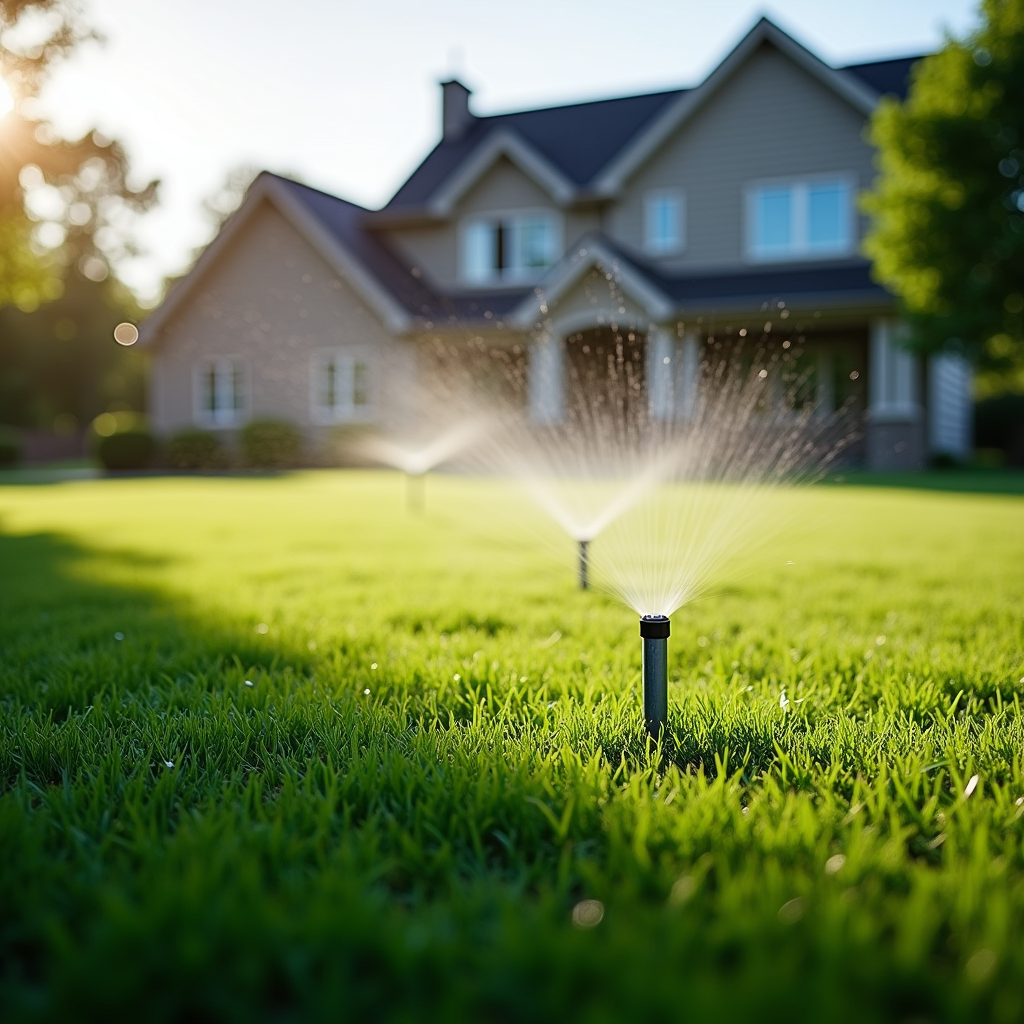Introduction
Maintaining a lush, green lawn is the pride of many homeowners. A vibrant lawn not only enhances the aesthetic appeal of your property but also contributes to environmental well-being. One crucial aspect of effective lawn care that often gets overlooked is regular lawn aeration. This simple yet powerful technique can transform your turf, making it healthier and more resilient.
In this comprehensive guide, we'll dive deep into The Benefits of Regular Lawn Aeration Explained. We'll explore the science behind aeration, how it works, and why it's essential for a thriving lawn. So grab a cup of coffee and settle in as we unravel the secrets to achieving that perfect lawn you've always dreamed about!
What is Lawn Aeration?
Understanding Lawn Aeration
Lawn aeration is the process of perforating the soil with holes to allow air, water, and nutrients to penetrate down to the roots. This technique alleviates soil compaction and encourages deeper root growth, ultimately leading to a healthier lawn.
Types of Lawn Aeration
Core Aeration: Involves removing small plugs of soil from the lawn. Spike Aeration: Utilizes a tool with spikes that poke holes into the ground without removing any soil. Liquid Aeration: Uses liquid products that loosen compacted soil.Each method has its pros and cons, so understanding which one suits your specific needs can make all the difference.
Why Is Lawn Aeration Important?
Enhancing Soil Health
Soil health is fundamental for any successful lawn care regimen. Aerating your lawn allows essential nutrients to reach deeper layers of soil where they are most needed. https://www.ramirezlandl.com/about When soil becomes compacted, it restricts water absorption and nutrient availability.
Improving Root Development
Healthy lawns start with strong roots. Aeration helps develop a robust root system by allowing roots to grow deeper into the soil. Deeper roots can access more moisture and nutrients, which translates to a greener lawn.
Reducing Thatch Build-Up
Thatch is a layer of dead grass and organic matter that accumulates on top of the soil surface. While some thatch can be beneficial, excessive build-up can suffocate grass roots. Regular aeration breaks up this layer, promoting better airflow and reducing disease risks.

The Environmental Benefits of Lawn Aeration
Minimizing Water Runoff
Aerated lawns absorb more water efficiently; this reduces runoff during heavy rains which otherwise could lead to erosion and nutrient loss.
Promoting Biodiversity
A healthy lawn supports various organisms such as earthworms and beneficial microbes. These organisms thrive in well-aerated soils, contributing further to its health.
Timing Your Lawn Aeration
Best Seasons for Aerating Your Lawn
The timing of aeration matters significantly:
- Spring: Ideal for cool-season grasses as they begin their growth cycle. Fall: Perfect for warm-season grasses before they enter dormancy.
Understanding when to aerate based on your grass type will maximize its benefits.
How Often Should You Aerate Your Lawn?
Frequency Recommendations
The frequency at which you should aerate depends on several factors:

- Soil type Grass type Usage (high traffic areas may require more frequent aerating)
As a general rule:
- Lightly used lawns: Every 2-3 years Moderate use: Once a year Heavy traffic areas: Twice a year
Using these guidelines will help keep your grass flourishing without overdoing it!
Preparing for Lawn Aeration
Tools You'll Need
Before starting, gather these tools:
- Core aerator or spike aerator Rake (for leveling) Watering hose
Having everything ready will streamline your process!
Assessing Your Lawn Condition
Examine your lawn's condition before you start:
Check for compacted areas. Identify high traffic spots. Determine if there are excessive thatch levels.Being thorough during this phase ensures you target problem areas effectively.

Executing Lawn Aeration
Step-by-Step Guide
Mow Your Lawn: Cut it shorter than usual; this makes aerating easier. Water Thoroughly: Ensure the soil is moist but not soggy; this helps in extracting plugs. Aerate: Use your chosen tool systematically across the entire area. Leave Plugs on Top: They’ll decompose naturally providing nutrients back into the soil. Water Again: After completing aeration, give it another good watering session.Following these steps ensures you're doing it right!
Post-Aeration Care
Fertilization
After aerating, apply fertilizer as nutrients will reach deeper into the soil where they're most effective.
Overseeding
Consider overseeding after aerating; this boosts thickness and improves overall quality while filling bare spots quickly.
Common Misconceptions About Lawn Aeration
"Aerating Is Only Necessary For New Lawns"
Many believe only new lawns need aerating; however, established lawns benefit just as much—if not more—due to accumulated compaction over time!
"You Can't Over-Aerate"
While it's true you can't literally 'over-aerate,' too much frequency can stress grass; remember moderation is key!
Frequently Asked Questions (FAQs)
How long does it take for my lawn to recover after aeration?- Generally around 2 weeks; you'll notice improved growth soon after!
- It's best to wait at least one week post-aerations for optimal results before mowing again.
- Core aerators remove plugs from the ground providing superior results compared to spike methods which merely poke holes without removing any material.
- Yes! Aim for slightly moist soil—not overly wet—as saturated conditions can make pulling cores difficult or impossible!
- Absolutely! Renting an aerobator or using manual tools makes it very feasible for homeowners willing to put in some effort!
- Neglecting regular maintenance leads eventually toward compaction issues resulting in poor drainage & reduced grass vitality over time!
Conclusion
In conclusion, understanding The Benefits of Regular Lawn Aeration Explained equips you with vital knowledge necessary for maintaining an enviable landscape! From enriching soil health through enhanced root development down towards creating sustainable ecosystems within our backyards—effects cascade far beyond mere aesthetics alone! By implementing effective strategies today alongside timely interventions—you'll pave pathways towards greener vistas ahead! Happy gardening!